Swiss based carbon removal specialist neustark is working with Aggregate Industries on its first UK site in Greenwich.
Neustark’s innovative technology captures CO2 from biomass sites, liquefies it, then injects it into existing mineral waste streams such as demolished materials to be recycled and used in construction.
This utilises a process of mineralisation that stores the CO2 in the aggregate, permanently removing it from the atmosphere and creating carbonated, recycled building materials such as concrete.
Neustark said its process can turn demolished concrete into a “carbon sink” with each tonne of demolished concrete storing an average of 10 kg of CO2.
Lee Sleight, Chief Executive Officer of Aggregate Industries UK, said: “Our partnership with neustark takes the battle to reduce carbon emissions in the construction industry to the next level. Together, we can remove carbon from the atmosphere and permanently lock it into recycled concrete, which can be used again in new construction projects.
“We are excited to get this technology set up in London, where there is direct access to a huge supply of demolished concrete.
“And this isn’t just carbon removal, it’s a reinforcement of a circular economy enabling the reuse of a major waste stream. Once fully operational, we believe other contractors and specifiers will adopt this technology as well, accelerating their own decarbonisation journeys. Together, we can drive towards our net zero goals.”
Valentin Gutknecht, CEO and co-founder, neustark, said: “We have already deployed 19 sites in Central Europe that capture and remove thousands of tons of CO2. By extending our relationship with Holcim and partnering with Aggregate Industries, we are now bringing this revolutionary technology to the UK.”
“The UK is an ideal market for us as it has a mature supply chain and the infrastructure we need to remove CO2 at scale.
“This partnership is proof that collaboration between a cleantech start-up and global leader in building solutions can create tangible climate impact today. The rest of the construction industry should follow suit and we need to look at other applicable industries too.”







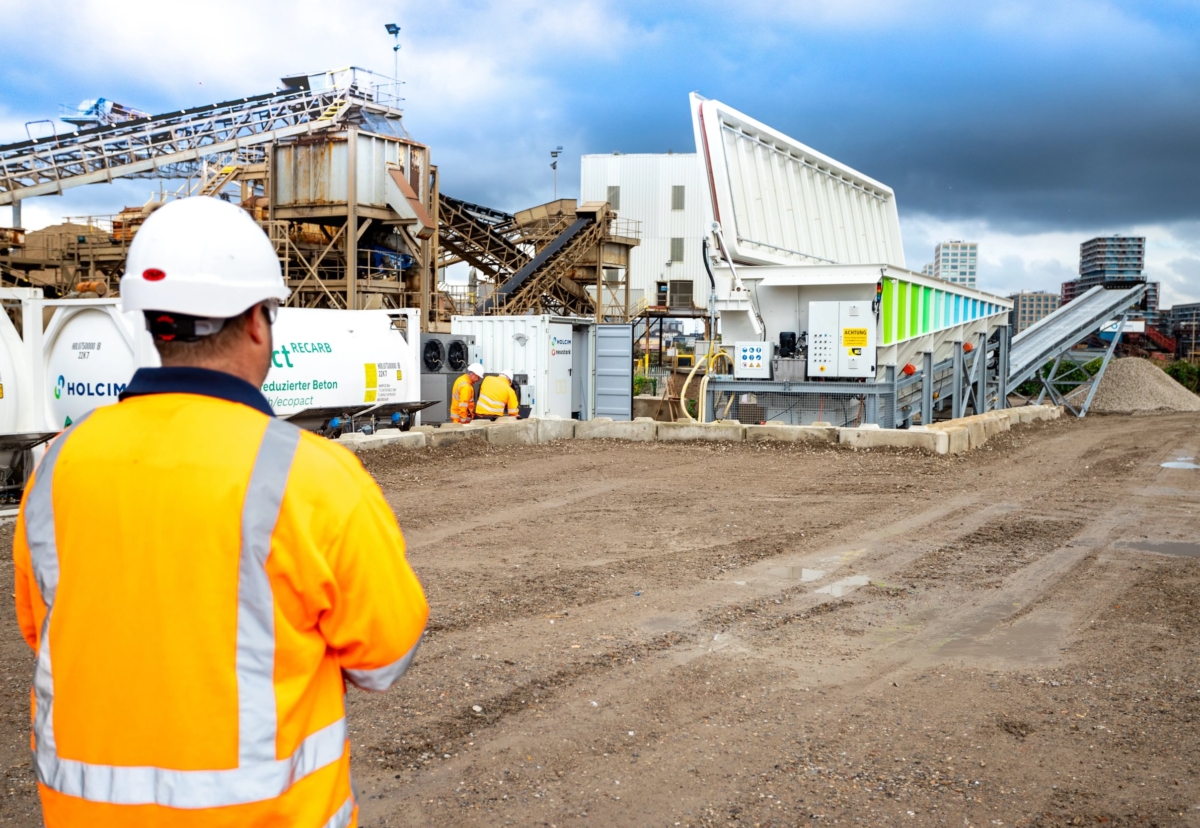






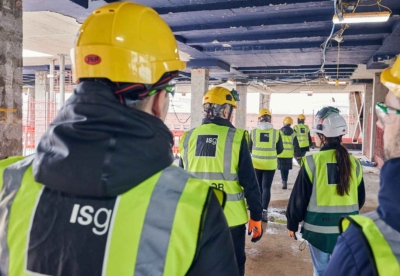

.gif)















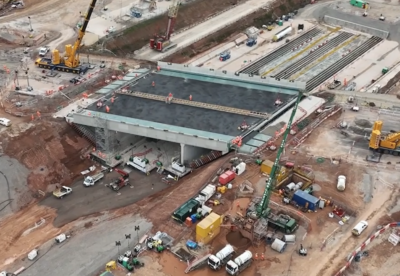






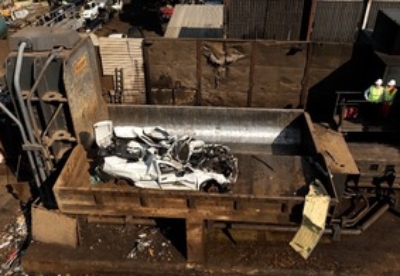



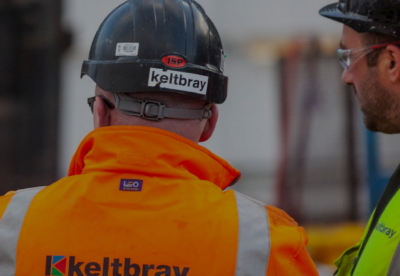


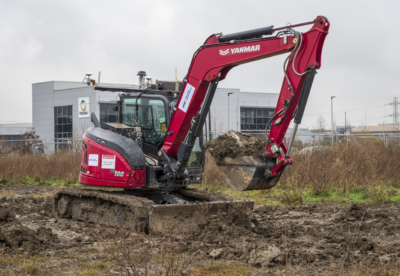



 May 2025.gif)







